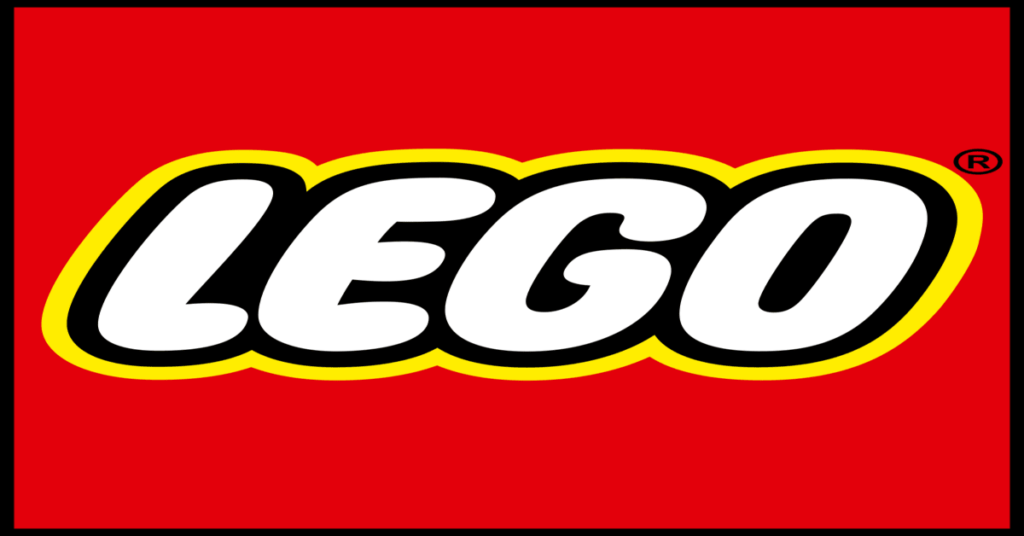In today’s business landscape, becoming an iconic brand goes beyond visual identity. The concept of iconicity goes beyond religious contexts and has become synonymous with recognizable and familiar elements in the world of business, marketing, and branding. However, true iconic status is not self-proclaimed but earned through a combination of factors. Let’s delve into the elements that contribute to iconic brands and explore how attitudinal iconicity, purpose-driven actions, and timeless visual identities shape their success.
![]()
Designing for Timelessness: Crafting Bold and Striking Visual Identities
An iconic brand’s visual identity encapsulates its essence over time. It is not about following design trends but creating a bold and striking visual identity that stands the test of time. Let’s look into the elements of timeless design.
Visual branding elements, such as logos, colors, and typography, play a crucial role in brand recognition. Timeless visual identities are simple, memorable, and resonate with a broad audience. The best visual identities are a true reflection of the brand strategy, translated into design. They are also timeless. There is an art to this, rather than a science. Designers can create marques and identity systems that are on-trend with all the ‘right’ typefaces and in-fashion fonts. They’re relevant for the present day. But the timeless identities are striking. They are boldly simple and bold in their simplicity.
![]()
Simplicity is key to a timeless visual identity. Iconic brands often have minimalist logos and clean design elements that are easily recognizable. Think of the McDonald’s golden arches or the Apple logo; their simplicity and universal appeal contribute to their iconic status. Boldness in design choices helps these brands stand out and make a lasting impression. Additionally, a visually striking identity with universal appeal allows brands to transcend cultural and geographic boundaries.
Design trends come and go, but timeless aesthetics remain relevant. Iconic brands understand the importance of crafting a visual identity that is not swayed by fleeting trends. They focus on creating a design that will withstand the test of time and continue to evoke the desired emotional response from consumers.

Attitudinal Iconicity: The Power of Brand Positioning
To truly achieve iconic status, brands must go beyond their visual identity and create a strong attitudinal iconicity. While visual brand assets play a significant role, it is the association and perception of the brand that makes it iconic. Let’s explore this concept further.
The immediate association with brand iconicity tends to be visual identities, such as the Nike swoosh or the Coca-Cola bottle shape, red, and typeface. However, these brands are not just iconic visually but also through their positioning. They have attitudinal iconicity. The Nike swoosh, supported by its cavalry of marketing communications, is a symbol reflective of Nike’s mission. That message has been consistently and single-mindedly applied and pushed across all touchpoints since the late 1980s.
Consistency is key to building attitudinal iconicity. Brands must stay true to their message across all touchpoints, ensuring that their positioning and values shine through. By consistently delivering a clear and impactful message, brands can earn the trust and belief of their audience.
Right Associations Can Make New Brands Global Icons
Often the association with icons is made with an intrinsic link to time. Brands which we have grown up with that are still alive and kicking today give us that belief in the brand. But what about brand new brands? If I launch a new brand, can it become an icon in the first year? Yes, is the answer. If it has the right associations. But these associations tend to be connected to time, awareness, trust, and belief.
The Power of Purpose: Building Belief and Trust
Patagonia, Tony’s Chocolonely, Oatly, and Ben & Jerry’s all have strong visual identities, but what has led them to become four of the most culturally relevant brands in the present day is not how they look, but the actions they take, the things they communicate, and the way they communicate them. These brands are social purpose natives, born with an inherent sense of cause in their DNA. Others such as Unilever‘s Dove have started out with a more functional purpose and have been able to smoothly and smartly transition into actionable social purpose strategies. Thus, building trust and belief among the audience over the years is fundamental in building a bold brand identity.
![]()
The Secret Sauce to Iconicity
Iconic brands, whether young or old, product, service, or people, are committed to purpose, have a strong back story, meaning in everything they communicate, a strong, timeless visual identity, sonic associations that stick in our minds, and a consistent brand experience across all touchpoints, digital and physical. In other words, Iconicity can also be graded in terms of attitudinal iconicity, behavioral iconicity, visual/aesthetic iconicity, and experiential iconicity.
Bottomline
Achieving iconic status requires more than a visually appealing brand. Iconicity is not self-professed. It’s earned. Attitudinal iconicity, purpose-driven actions, and timeless design play integral roles in creating lasting impressions. By recognizing the power of consistent messaging, embracing a purpose beyond profit, and crafting bold visual identities, brands can strive towards becoming icons. Brands that have achieved iconic status have done so by thinking of their customers’ needs ahead of the company’s need to make more money in the traditional or easiest possible way. Timeless identity is more important than on-trend identity, and brands should strive for bold simplicity. And finally, assess your brand’s iconicity and incorporate these principles to leave an indelible mark on consumers’ minds and hearts.
Also Read: The Trust Challenge: Strategies to Foster Long-Term Brand Trust



